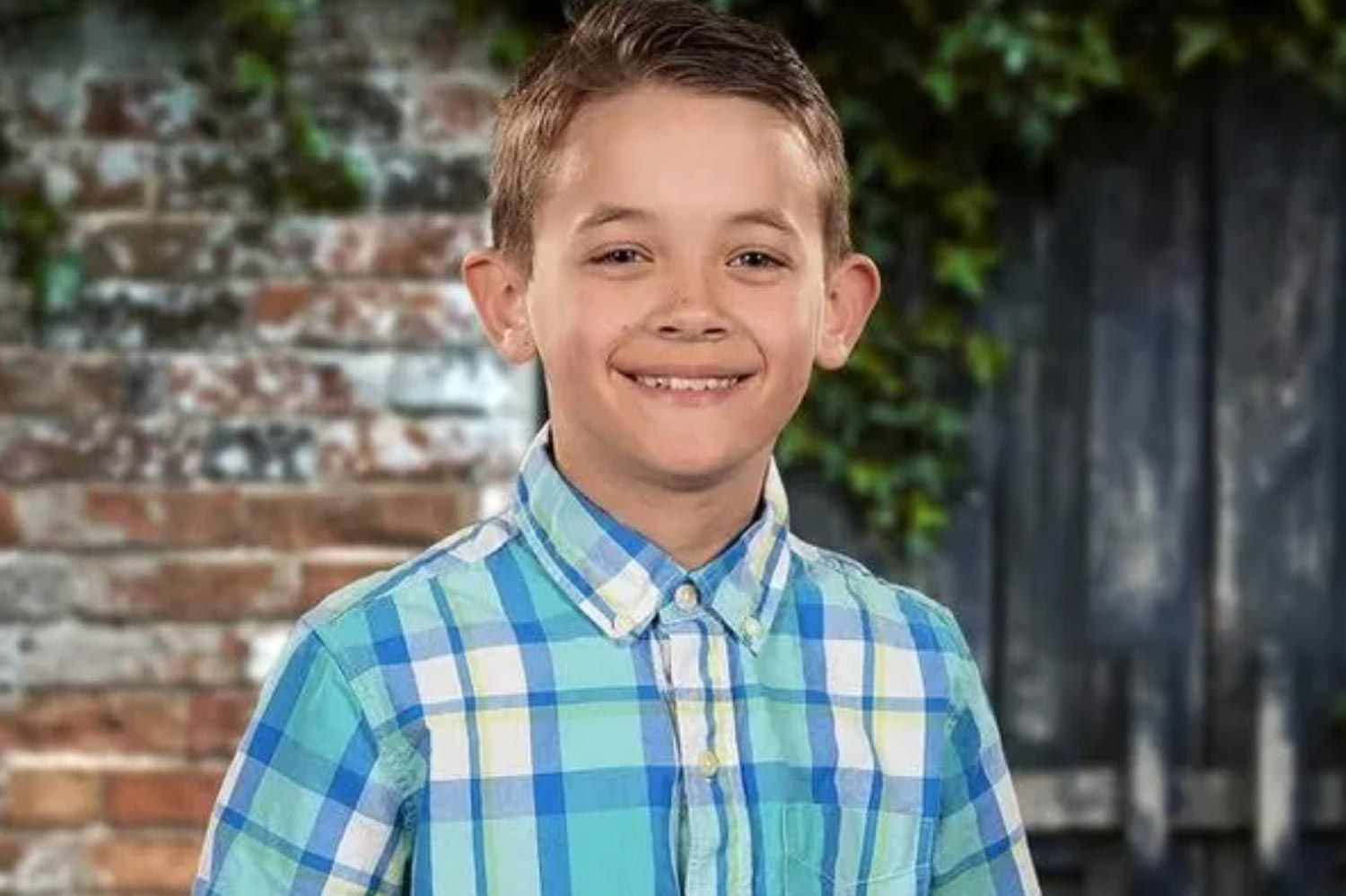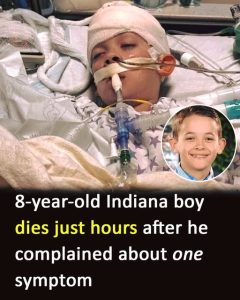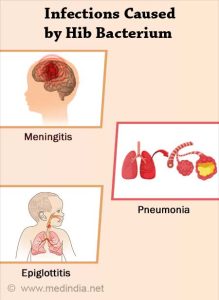8-year-old Indiana boy suddenly dies just hours after he complained about one symptom

Grieving Mother Urges Vaccination After Son’s Sudden Death from Hib
When 8-year-old Liam Dahlberg came home complaining of a headache, his mother Ashlee thought it was a routine illness. By morning, Liam was nearly unresponsive. Rushed to the hospital, he was diagnosed with Haemophilus influenzae type b (Hib) — a rare, fast-acting bacterial infection that had spread to his brain and spinal cord.
“They discovered the amount of bacteria covering his brain,” Ashlee told WTHR. “There was nothing they could do.”
Despite being fully vaccinated, Liam likely contracted Hib from someone who wasn’t. His mother had done everything right — but one exposure was enough. Hib, unrelated to the flu despite its name, can cause severe meningitis in children. Before vaccines, it was one of the most feared pediatric infections.
Liam’s condition deteriorated rapidly. Within 24 hours, doctors removed him from life support. “To lay there with him… I could feel his little heartbeat just fade away,” Ashlee said.

Her grief became a mission. “I feel I have failed my child,” she said, though she hadn’t. Her message is a plea to other parents: vaccinate your children.
Hib is 95% preventable through vaccination — but unvaccinated individuals can carry and spread it unknowingly, endangering others.
Dr. Eric Yancy, a veteran pediatrician, warned, “If it didn’t kill, it left lifelong damage.”
A GoFundMe for Liam’s family has raised over $54,000. Ashlee’s heartbreaking loss is now a warning — and a call to action.
“Please,” she pleads. “I don’t want any other parent to go through this.”
Haemophilus influenzae type b (Hib)
Summary
- Haemophilus influenzae type b (Hib) is a life-threatening infection that can lead to serious illness, especially in children.
- Symptoms include severe headache, stiff neck, convulsions or seizures, severe drowsiness, difficulty waking up, loss of consciousness or difficulty with breathing.
- Seek urgent medical attention if you think your child has any symptoms.
- Immunisation of children should continue even though the number of serious illnesses from Hib has greatly decreased as a result of the Hib immunisation program.
- Babies and children under five years of age should receive immunisation against Hib.
- Haemophilus influenzae type b (Hib) is a bacterium that causes a life-threatening infection that can lead to serious illness, especially in children.
Conditions such as meningitis (inflammation of the membranes covering the brain), epiglottitis (inflammation of the flap and the top of the windpipe) and pneumonia can develop very quickly and may require urgent medical attention.
The disease caused by Hib is spread mainly through coughing or sneezing, or contact with secretions from the nose and throat of an infected person.
Despite its name, Hib is a bacterium and is not a form of influenza (flu), which is caused by a virus.
Before the introduction of Hib immunisation in 1993, Hib was a common cause of life-threatening infection in children under five.
Routine immunisation has been highly effective in reducing the incidence of this disease in Australia. Children under five years of age and people at increased risk of developing Hib infection should still be immunised.

-
Symptoms of Hib infection
Seek urgent medical attention if you suspect your child has symptoms including:
- severe headache
- stiff neck
- convulsions (fits) or seizures
- severe drowsiness
- difficulty waking up
- loss of consciousness
- difficulty with breathing.
Complications of Hib infection
If your child is not immunised and contracts Hib, they could develop:
- meningitis– an infection of the membrane covering the brain (signs include fever, stiff neck, drowsiness, irritability and refusal of food)
- epiglottitis – inflammation of the flap at the top of the windpipe (epiglottis), which can block a child’s breathing (signs include severe breathing difficulties, fever, restlessness and irritability)
- pneumonia – lung inflammation (symptoms include fever, cough, chest pains and breathing problems, such as shortness of breath)
- septic arthritis – joint infection (symptoms include joint pain, swelling and reduced mobility of the joint)
- cellulitis – infection of the tissue under the skin, usually on the face.
These complications can develop quickly and, if left untreated, your child could die in a short period of time.
Causes of Hib infection
Hib bacteria live in the nose and throat of most healthy people without causing illness.
There are several types of Haemophilus influenzae bacteria and infection with the type b (Hib) bacterium can cause a range of conditions in vulnerable people, some of which are medical emergencies.
Disease caused by Hib is spread mainly through person-to-person contact with infected droplets (coughing or sneezing) or secretions from an infected person’s nose and throat.
The usual time between contact with the bacteria and the development of the illness is around two to four days. The person with Hib is infectious for as long as the bacteria stays in the nose or throat. Generally 24 to 48 hours of appropriate antibiotic treatment is required to clear the infection.
If your child has a Hib infection, they should be kept away from childcare or school until a course of appropriate antibiotics is completed and your doctor has confirmed that they are no longer infectious.
In some circumstances, people who live with a person with Hib infection may require preventative antibiotics. The Department of Health will guide healthcare professionals if this is the case.
Diagnosis of Hib infection
Since other types of bacteria can cause similar infections, it is important to test specifically for the presence of Hib. Diagnosis may include:
- physical examination
- blood test
- test of the fluid around the spine (cerebrospinal fluid) collected using a needle (lumbar puncture)
- tests of other specimens.
An emergency diagnosis of a life-threatening condition is generally based on the rapid onset of symptoms in a child who was previously well.
Treatment for Hib infection
Depending on the illness, treatment may include:
- admission to hospital
- a course of the appropriate antibiotics.
A child with epiglottitis may be cared for in an intensive care unit and a breathing tube may be inserted to help them breathe.
Immunisation against Hib
Immunisation is the best protection against Hib infection and is recommended for all infants, young children and any person with a specified medical risk condition.
Protection against Hib is available under the National Immunisation Program Schedule. In Victoria, the Hib vaccine is offered free of charge for:
- all babies at two (from six weeks), four, six months – the first three primary doses of Hib vaccine are given as part of a combined vaccine against diphtheria, tetanus, pertussis (whooping cough), hepatitis B, polio and Hib vaccine (six-in-one vaccine)
- all children at 18 months – a fourth booster dose of Hib vaccine is given
- children from 18 months up to 59 months inclusive who have had no previous doses require a single catch-up dose
- children up to and including nine years of age – can receive catch-up doses of the combined vaccine (diphtheria, tetanus, pertussis (whooping cough), hepatitis B, polio and Hib vaccine).
A single dose of Hib vaccine is also recommended for anyone who does not have a spleen or has a poorly functioning spleen and has not been previously immunised for Hib.
People who have had a stem cell transplant should also be immunised against Hib and are recommended to receive three doses of vaccine.
